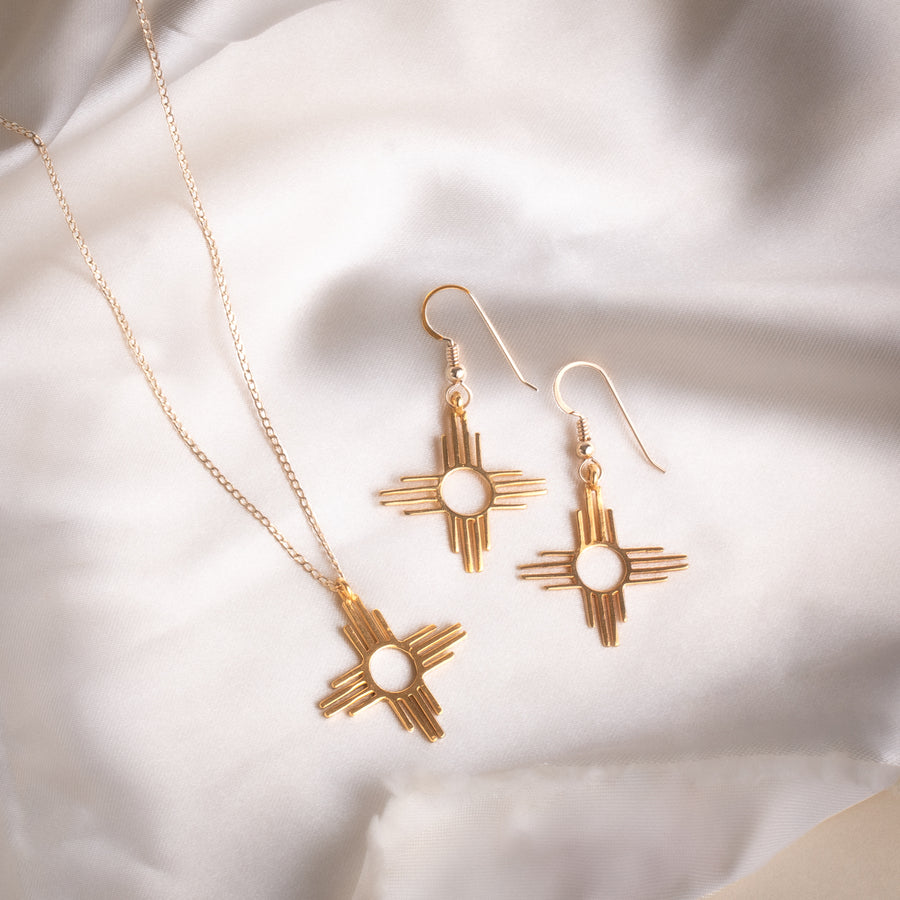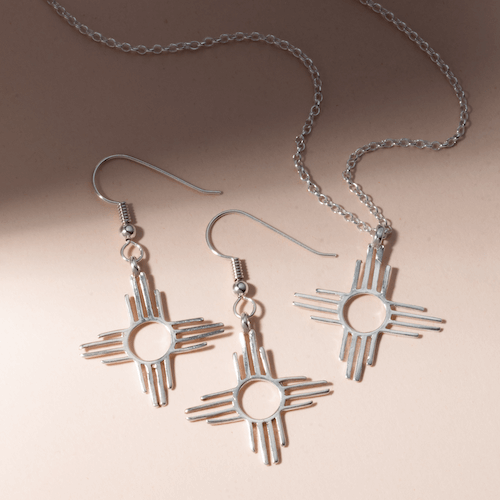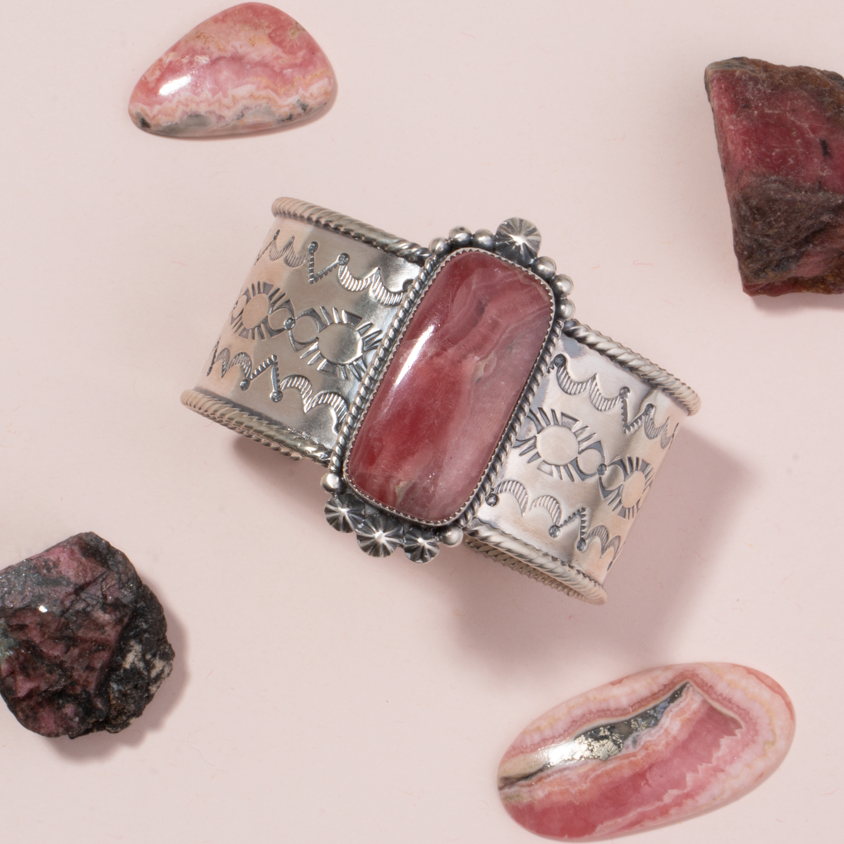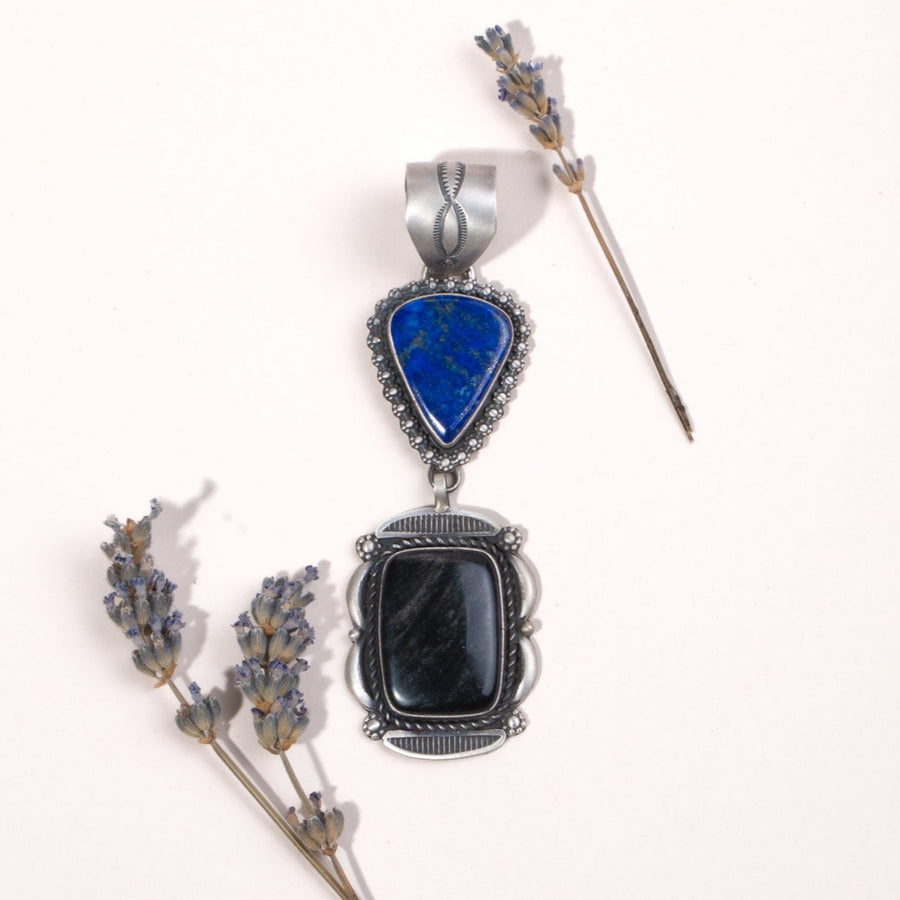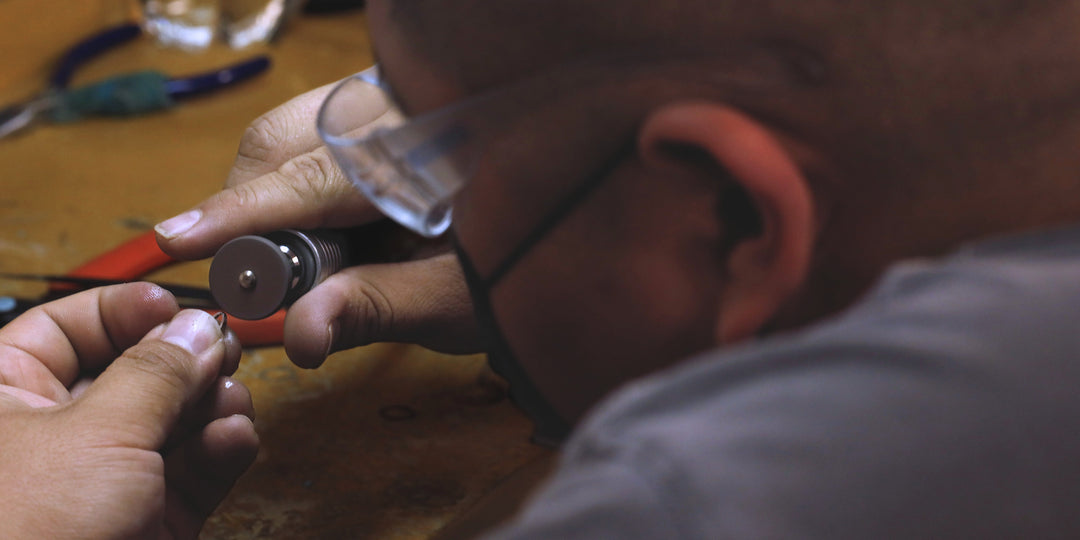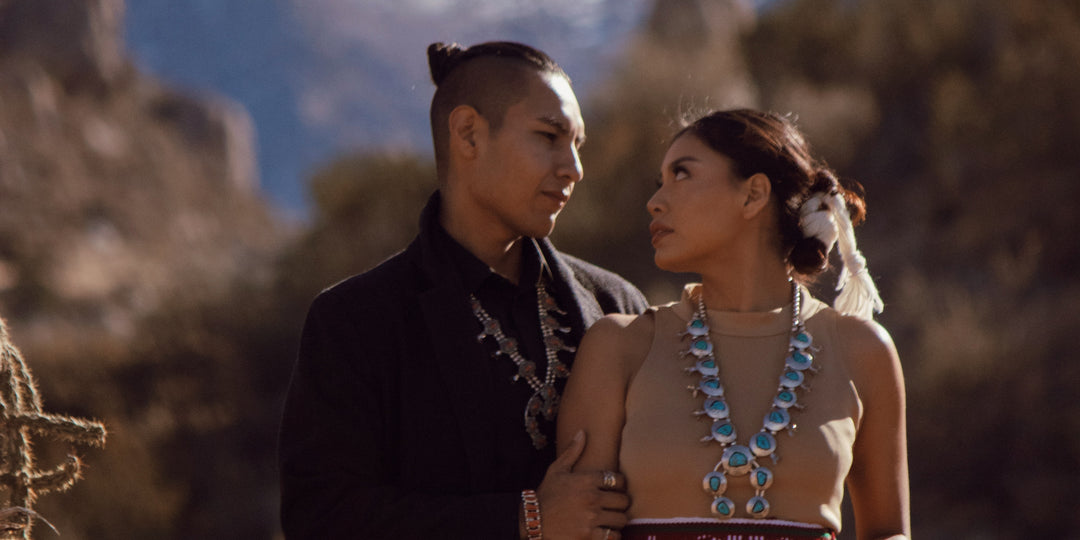Corn in the southwest
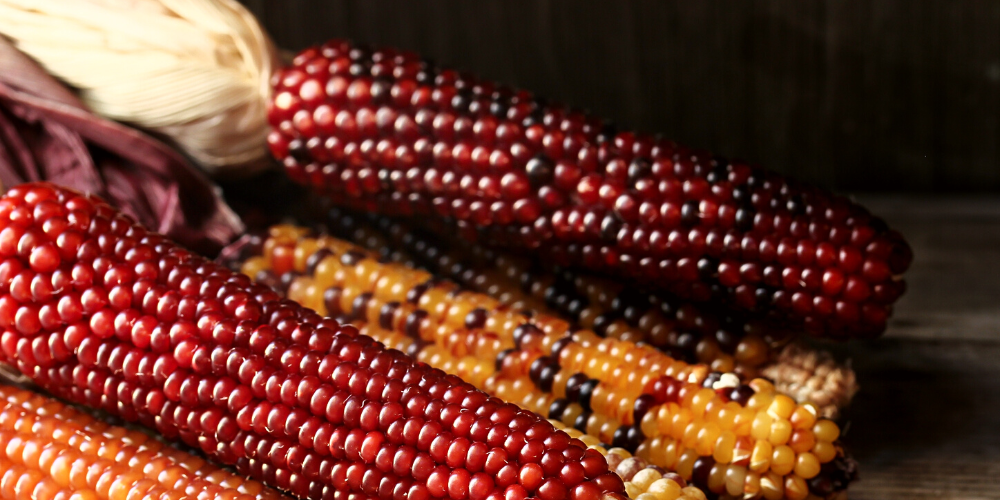
Corn, also known as maize, has been sacred to Native Americans for thousands of years. Its importance to the survival of the people was so great that corn became a part of ceremony, a symbol of wisdom and evidence that Deity cared about their survival and would provide for them. Today, corn remains a treasured staple in both the diets and the culture of Native people.

Large amounts of corn could be grown in a small area, which is one of the reasons for its value as a food staple in a desert landscape. The cobs and kernels were also easy to store as food for the winter. Native people used a technique known as companion planting, grouping several plants in a small space to grow together. The most fruitful combination has been known as the Three Sisters: corn, beans, and squash. These plants grew well together due to the benefits each offered the others. The stalks of corn provided a place for the vines of the beans to grow up, the shade of the corn protected the squash, and the nitrogen provided by the beans nourished all three plants. The leaves of the squash also helped retain the precious resource of water in the soil.
It was long believed that corn arrived in the Southwest through trade routes running down the Pacific coast. DNA studies done on ancient corn kernels have now shown that a variety of corn came into the New Mexico/Arizona area from Mexico roughly four thousand years ago. These studies show that two thousand years later a new genetic variety of corn was brought into the area from trade routes along the Pacific coast.

No matter how it got there, growing corn influenced life in the village, creating a more settled way of life which replaced the nomadic one. The long slow process of transformation began when corn growing reached the Southwest around 1200BCE. Having a dependable supply of food that could be stored during the cold months allowed more people to survive and to thrive.
Legends regarding the origin story of corn vary among different tribes. Some stories say it was brought by a White Buffalo. Others tell of a much smaller
creature such as an ant who brought the kernels to the people. Most legends, however, credit the Corn Mother with giving this sustenance to the people.
To this day, corn remains a staple in the traditional cooking of Native peoples. It is still seen as a symbol of the care of the Corn Mother and the support She gives her children.
Story by Debra Doggett

